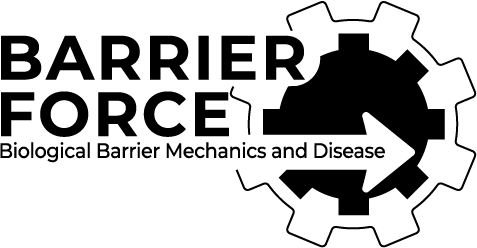Contribution of VEGF-B-Induced Endocardial Endothelial Cell Lineage in Physiological Versus Pathological Cardiac Hypertrophy
Ibrahim Sultan, Markus Ramste, Pim Peletier, Karthik Amudhala Hemanthakumar, Deepak Ramanujam, Annakaisa Tirronen, Ylva von Wright, Salli Antila, Pipsa Saharinen, Lauri Eklund, Eero Mervaala, Seppo Ylä-Herttuala, Stefan Engelhardt, Riikka Kivelä, Kari Alitalo
Circ Res. 2024
ABSTRACT
Background: Preclinical studies have shown the therapeutic potential of VEGF-B (vascular endothelial growth factor B) in revascularization of the ischemic myocardium, but the associated cardiac hypertrophy and adverse side effects remain a concern. To understand the importance of endothelial proliferation and migration for the beneficial versus adverse effects of VEGF-B in the heart, we explored the cardiac effects of autocrine versus paracrine VEGF-B expression in transgenic and gene-transduced mice.
Methods: We used single-cell RNA sequencing to compare cardiac endothelial gene expression in VEGF-B transgenic mouse models. Lineage tracing was used to identify the origin of a VEGF-B-induced novel endothelial cell population and adeno-associated virus-mediated gene delivery to compare the effects of VEGF-B isoforms. Cardiac function was investigated using echocardiography, magnetic resonance imaging, and micro-computed tomography.
Results: Unlike in physiological cardiac hypertrophy driven by a cardiomyocyte-specific VEGF-B transgene (myosin heavy chain alpha-VEGF-B), autocrine VEGF-B expression in cardiac endothelium (aP2 [adipocyte protein 2]-VEGF-B) was associated with septal defects and failure to increase perfused subendocardial capillaries postnatally. Paracrine VEGF-B led to robust proliferation and myocardial migration of a novel cardiac endothelial cell lineage (VEGF-B-induced endothelial cells) of endocardial origin, whereas autocrine VEGF-B increased proliferation of VEGF-B-induced endothelial cells but failed to promote their migration and efficient contribution to myocardial capillaries. The surviving aP2-VEGF-B offspring showed an altered ratio of secreted VEGF-B isoforms and developed massive pathological cardiac hypertrophy with a distinct cardiac vessel pattern. In the normal heart, we found a small VEGF-B-induced endothelial cell population that was only minimally expanded during myocardial infarction but not during physiological cardiac hypertrophy associated with mouse pregnancy.
Conclusions: Paracrine and autocrine secretions of VEGF-B induce expansion of a specific endocardium-derived endothelial cell population with distinct angiogenic markers. However, autocrine VEGF-B signaling fails to promote VEGF-B-induced endothelial cell migration and contribution to myocardial capillaries, predisposing to septal defects and inducing a mismatch between angiogenesis and myocardial growth, which results in pathological cardiac hypertrophy.
PMID: 38655691 | DOI: 10.1161/CIRCRESAHA.123.324136
